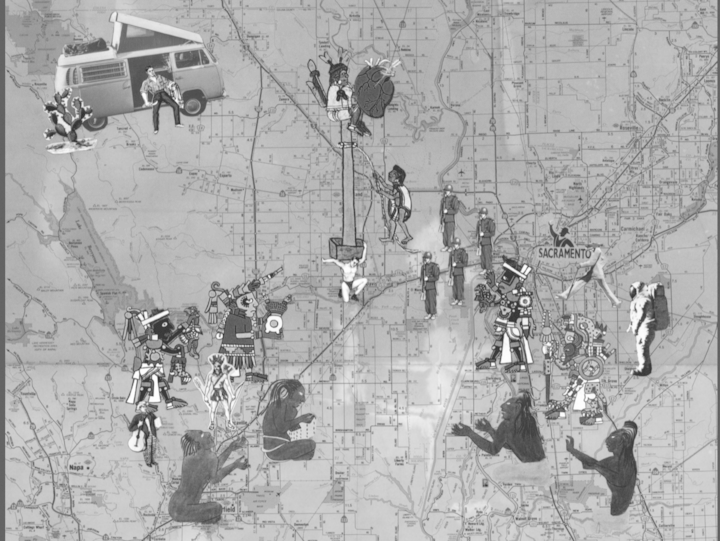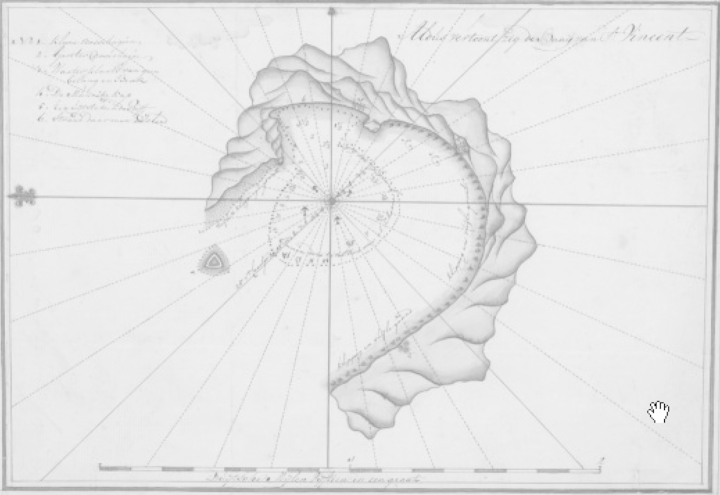This fall k.g. Guttmann will teach the course ‘Whose Afterlife?’, which is part of the Art Research Programme of the Lectorate Art Theory & Practice.
The course Whose Afterlife? will address the key concept of the archive in order to challenge students to produce new forms of collecting, making and organizing in art practice.
The course is influenced by questions that run through k.g.’s art practice of how to launch the archive into the present moment. k.g. uses performance, video and drawing practices to create new territories from historical traces.

Tutor
k.g. Guttmann
For whom?
For 2nd and 3rd year students of KABK, KC and LU
dates
September – November 2015
What tactics do artists use to reframe, reclaim and re-invent archival materials in order to understand and challenge the authority of the archive? Who decides what remains and what is forgotten, and how it remains?
An archive is composed of objects, thoughts and strategies. Each new arrangement reinvigorates and shifts the archive into something else. It is always evolving. Each new presentation of the archive and its materials re-informs the archive itself. The archive is the present moment of looking and interpreting documents in their current configuration.
The course will address both theoretical and artistic content and methodologies. The course is intended for 2nd and 3rd year students from all disciplines of the Royal Academy of Art and the Royal Conservatory. The course also welcomes students from the Humanities of Leiden University. Full attendance is obligatory in order to receive study points towards the Individual Study Trajectory (2 EC). Between 10 to 12 students can participate in the programme.
The course will be in English.
Wednesdays from 10 – 16 h
16 September, 14, 28 October and 4, 11 November 2015
Apply before 4 September 2015 by sending a brief motivation to: lectoraatktp@kabk.nl.
The course Whose Afterlife? is an interdisciplinary approach to the concept of the archive. It will explore the never-ending possibilities of the afterlife of images and documents from the past, inserted into the present. An afterlife is another world, a second chance or renewed existence. We will apply this concept to alternative archival practices.
Archives, as keepers of memory, must be actively appropriated and re-circulated in order to remain alive. The course will introduce and develop methods that launch contemporary art practice into active relation with materials from the past. Examples of methods proposed are biblio-dérive, assemblage, collage and performance scores.
As a starting point, the research lab Whose Afterlife? will visit the Nationaal Archief (National Archives) of the Netherlands (a 10 min walk from the KABK academy) to examine and respond to a selection of the historical photography and map collections.
A collective publication will be produced through the accumulative documentation of course activities.
Lab Activities: Students will present their individual projects in diverse forms, including performances, publication cahiers, theoretical essays, site-specific installations, or other possibilities.
The course is taught by k.g. Guttmann.
K.G. GUTTMAN is a Canadian artist and researcher based in the Netherlands. She is currently enrolled in the PhDArts program (artistic research) of Leiden University and the Royal Academy of Art in the Hague, the Netherlands. Her work considers relationships between cartography, choreography, and site-specific interventions. It has been screened, performed and exhibited through institutions such as Mediamatic, Amsterdam, Palais de Tokyo and Galerie Khiasma, Paris, Ottawa Art Gallery, and Art Metropole, Toronto and Galerie LaCentrale, Montreal.
Elodie Hiryczuk & Sjoerd van Oevelen will give a guest talk.
HIRYCZUK/VAN OEVELEN is a collaboration of visual artists/photographers Elodie Hiryczuk (FR 1977) and Sjoerd van Oevelen (NL 1974) based in Amsterdam. Working collectively since 2001, they explore the ambiguity of our spatial environment and the fluid boundary between culture and nature in a variety of media including installation, photography and architectonic interventions in public space. Their work was exhibited at, amongst others, Museum de Paviljoens in Almere, DordtYart in Dordrecht, Contemporary Istanbul (Turkey), gallery De Expeditie in Amsterdam, and Skaftfell Centre for Visual Arts/Bokasafn in Seydisfjördur (Iceland).
The course ‘Whose Afterlife’ is part of the Art Research Programme of the Lectorate Art Theory & Practice.
